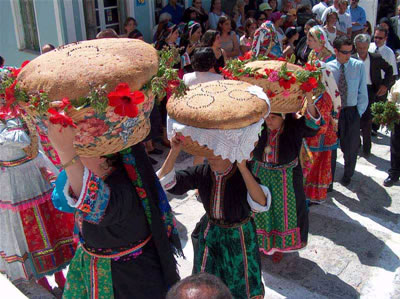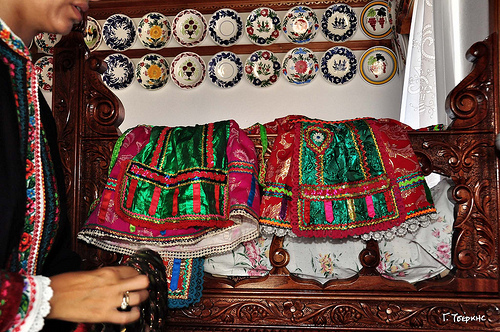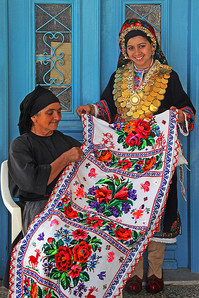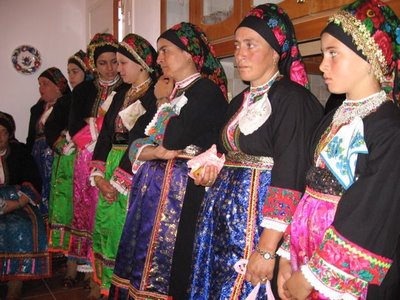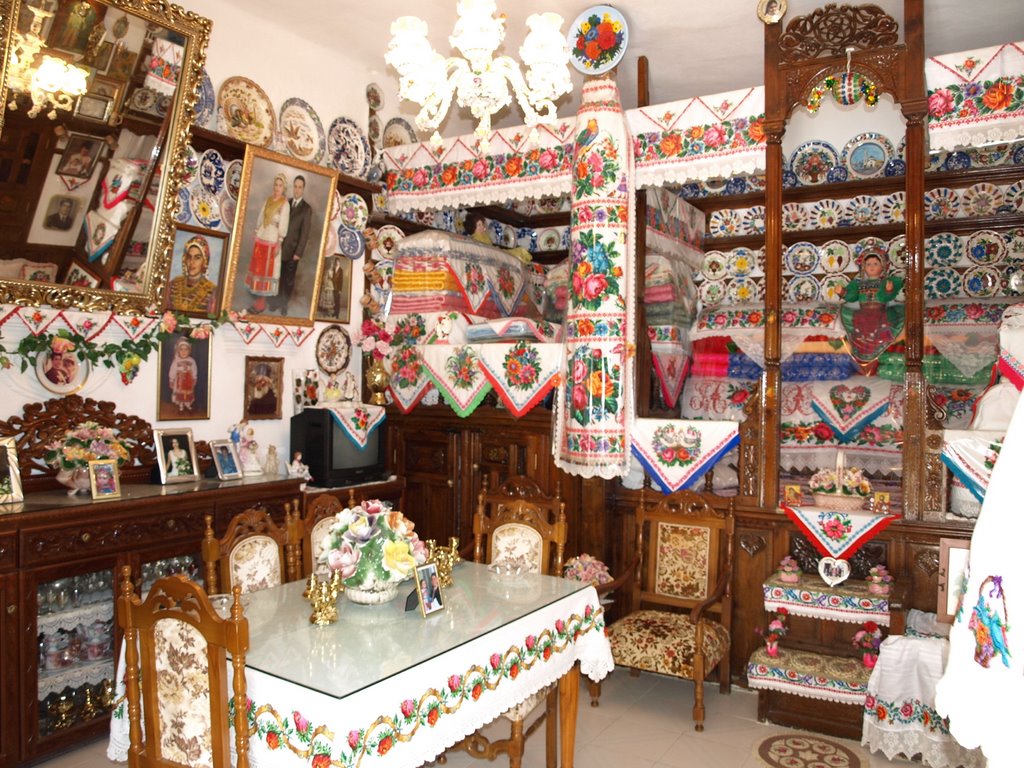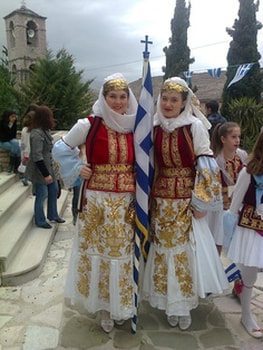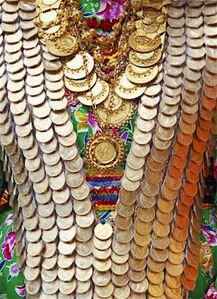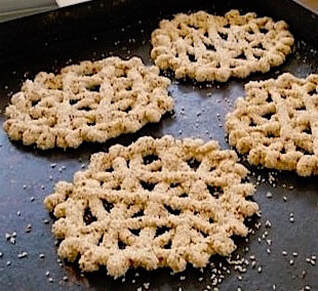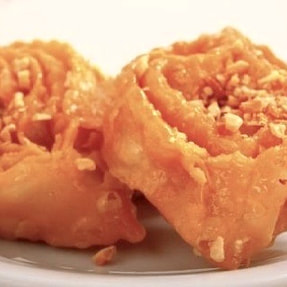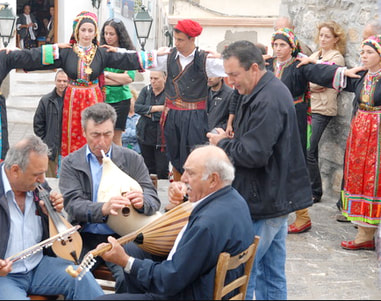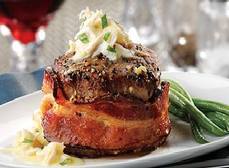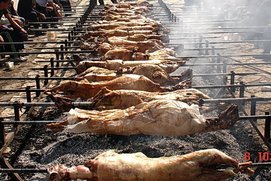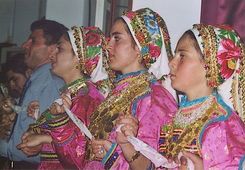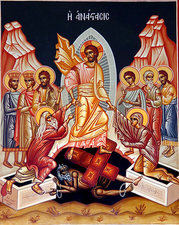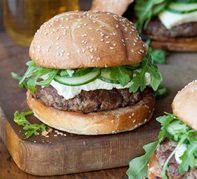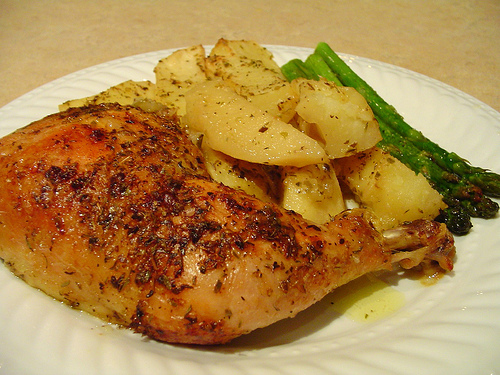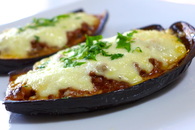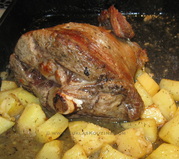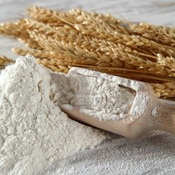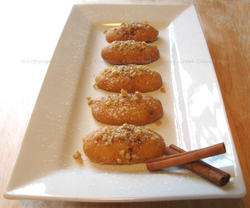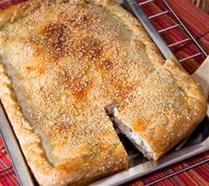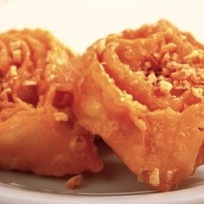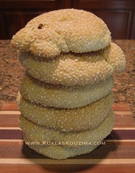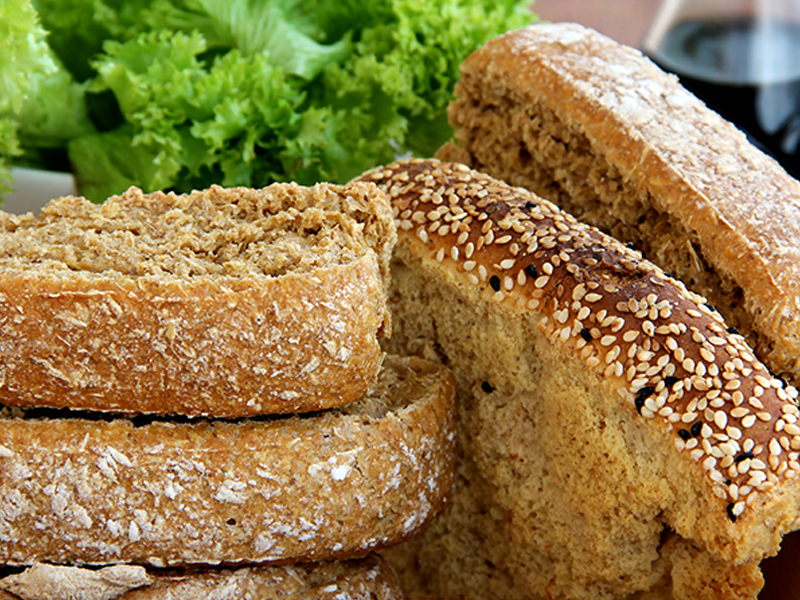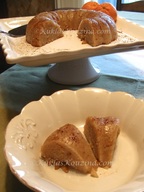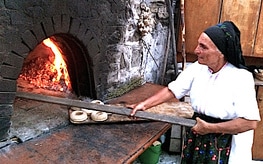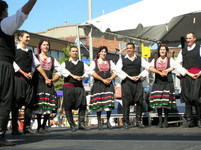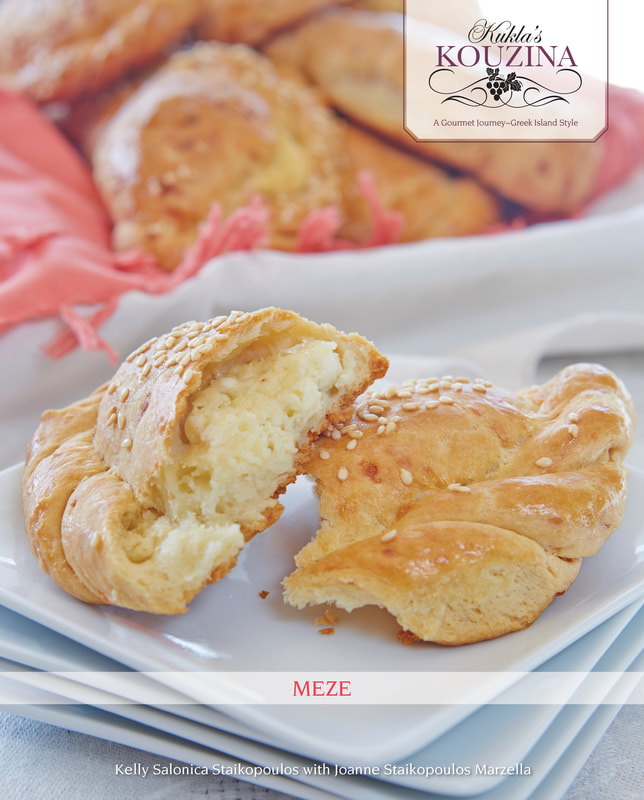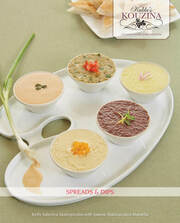Karpathos~A Lover’s Paradise

Honeymoon Krevati
|
Krevati (κρεβάτι, pronounced kreh-VAH-tee) means “bed” in Greek, but it’s also the term used on the southern Greek islands to describe the preparation of a wedding, in particular the couple’s new home (including the bed), with each island imparting slight nuances to the details of this custom.
Typically, the night before a couple gets married in Karpathos, the family is invited to the newlyweds’ house for a "krevati" where they decorate the dwelling and their new bed to make it festive for the couple’s arrival. The elaborate preparation comes in the form of a procession as goods are carried through the village and up to the house. It is adorned with beautiful bedspreads and fabrics that were embroidered, crocheted, and knitted by grandmothers (γιαγιάδες, yiayiades), mom’s (μητέρες, miteres), aunts (θείες, thies), and cousins (ξαδέλφια, xadelfia) after the engagement was announced. A traditional large wooden pillar in the center of the house supports the roof beam, symbolizing the support of the family. This pillar is decked out with silk fabrics embellished with colorful needlework for the wedding (as is the bride) and other special celebrations—this is every Karpathian’s opportunity to take home-décor to the extreme, the lavish embossing representing their richness in hospitality. Sumptuous island dishes, exotic beverages, and delectable pastries fill the dinner menus that extend that richness to colorfully-adorned guests as they gather for this joyous decorating occasion. |
Come One, Come All
Weddings are a particularly festive island event in Karpathos where everyone, including visitors, is invited to partake not only in the couple’s joyous ceremony but also in the food event to follow, seating up to 900 people in a barnlike structure standing in as a hall.
The bride wore the traditional Karpathos dress, and crowns were exchanged during the ceremony. Immediately following the mass, the close family of the couple pinned large gold pieces on the lapel of the groom’s jacket and on a bib worn over the bride’s gown. This centuries-old custom of giving gold is meant to sustain the couple in times of financial hardship (gold pieces such as these were saved by our grandmother and used to feed the family during the Great Depression and WW2).
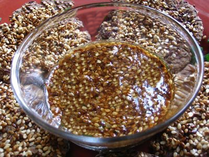 sousamomelo
sousamomelo
The tables were set with individual servings of sousamomelo (a sesame-and-honey confection served at weddings, symbolizing fertility and sweetness), and baskets of peanuts, candy, and, our favorite, psilokouloura (thin, sesame-covered, olive-oil breadsticks)—seriously irresistible!
I hope you enjoyed this behind-the-scenes look at Karpathian weddings and how it all comes together to create a truly unique and loving occasion. Check out our blog Karpathiko Spiti (Karpathian House) to learn more about our lifestyle customs.
Sign up for our e-newsletter (if you haven’t already) and stay connected on social media for cooking tips and recipes, as well as for all Kukla's Kouzina updates and news.
Thanks for following us and we’ll see you next Monday!
Until then~
Kali orexi! Good appetite!
Kelly
Web design by Kelly Salonica Staikopoulos

